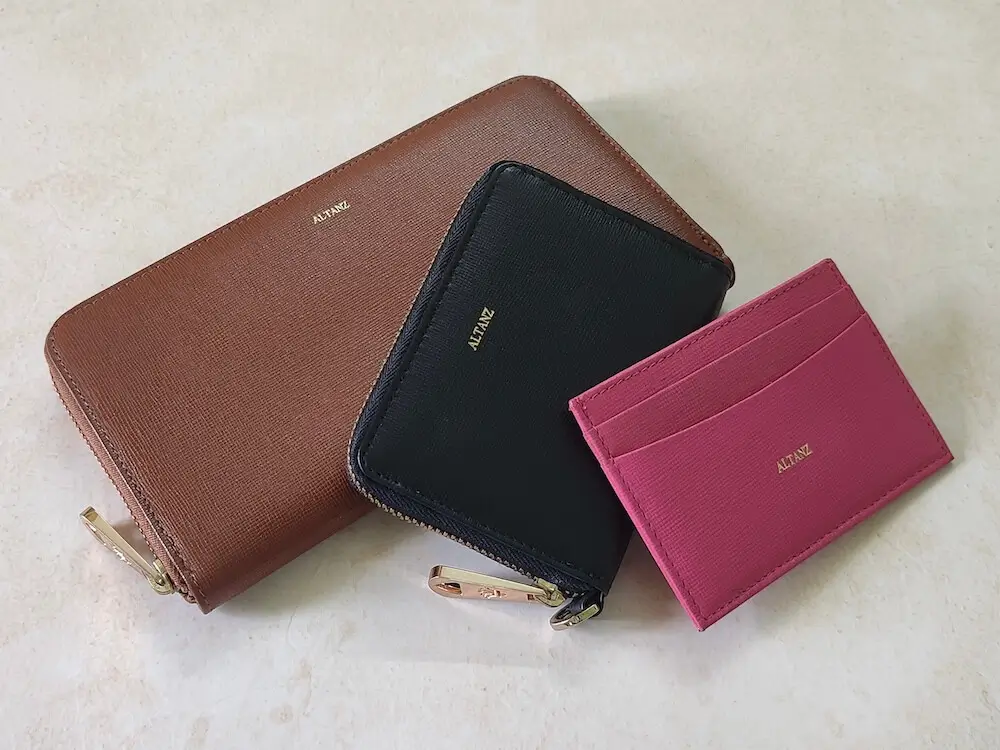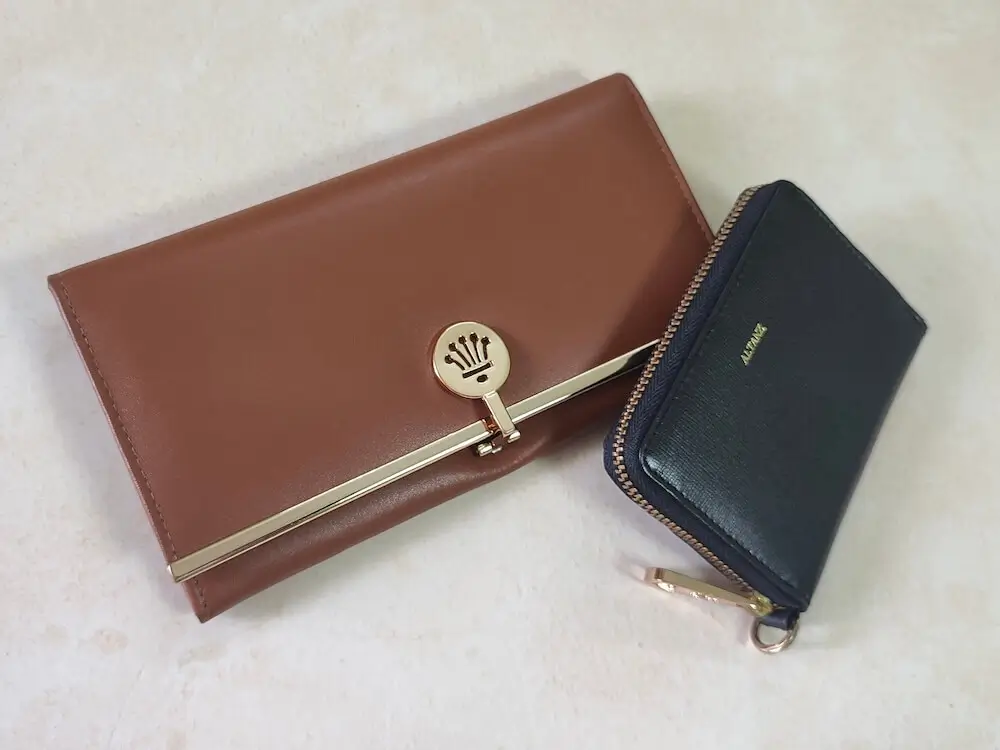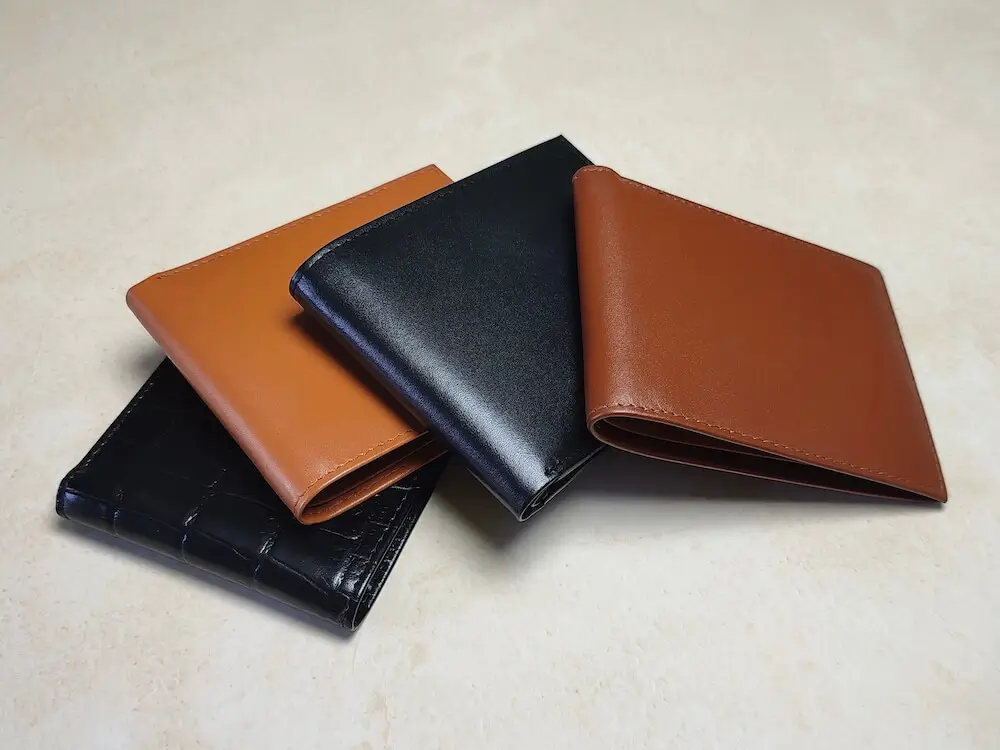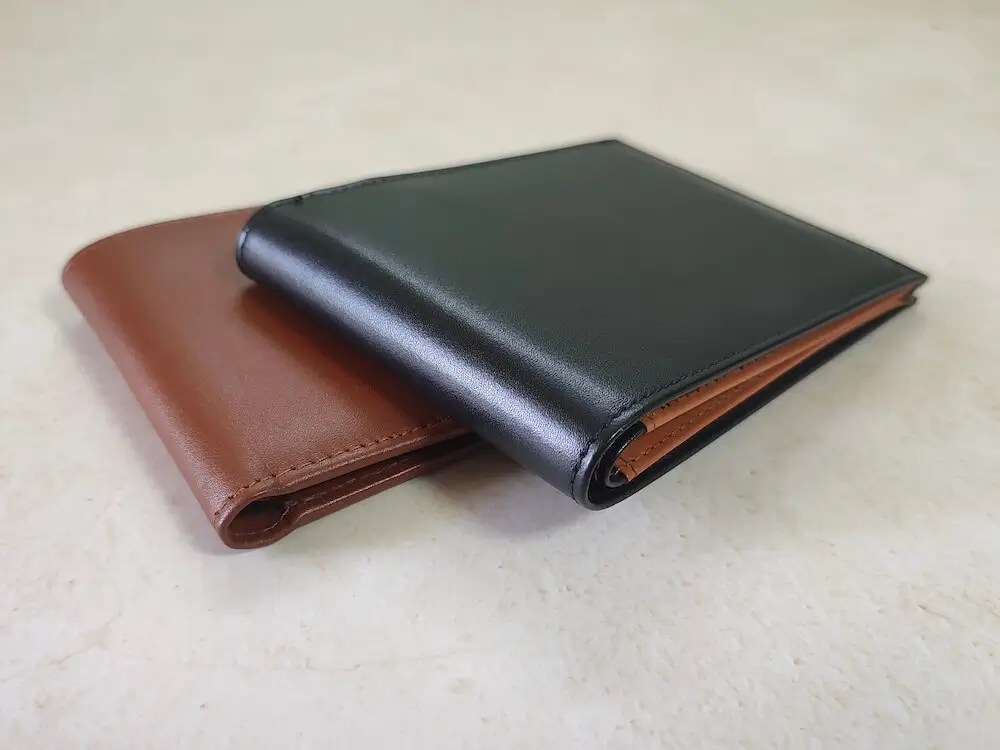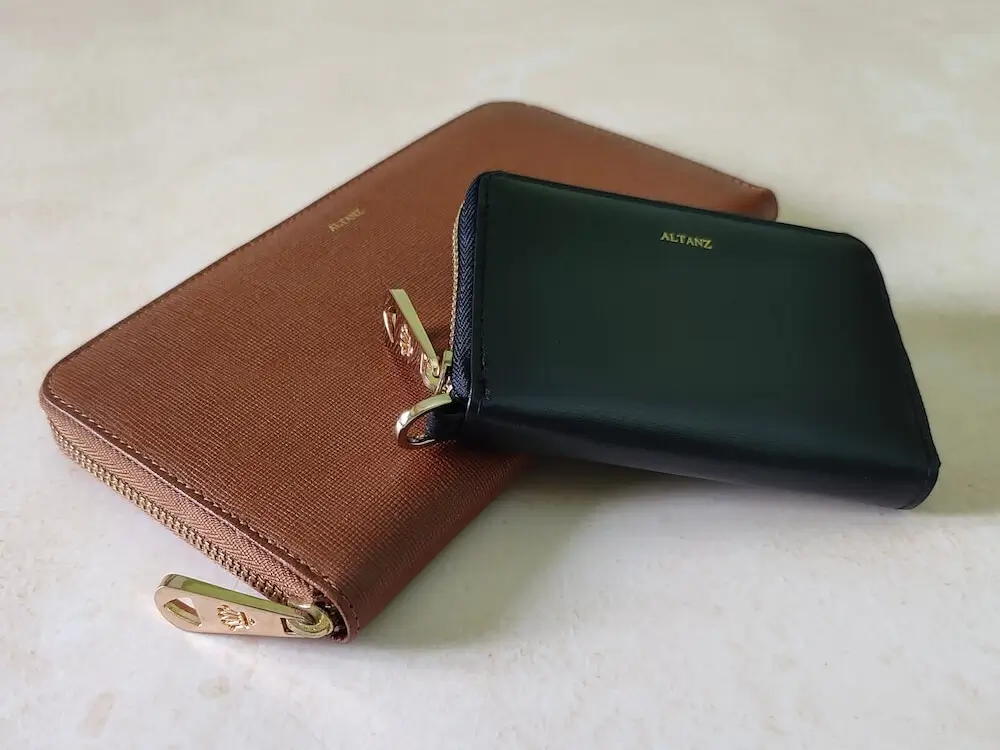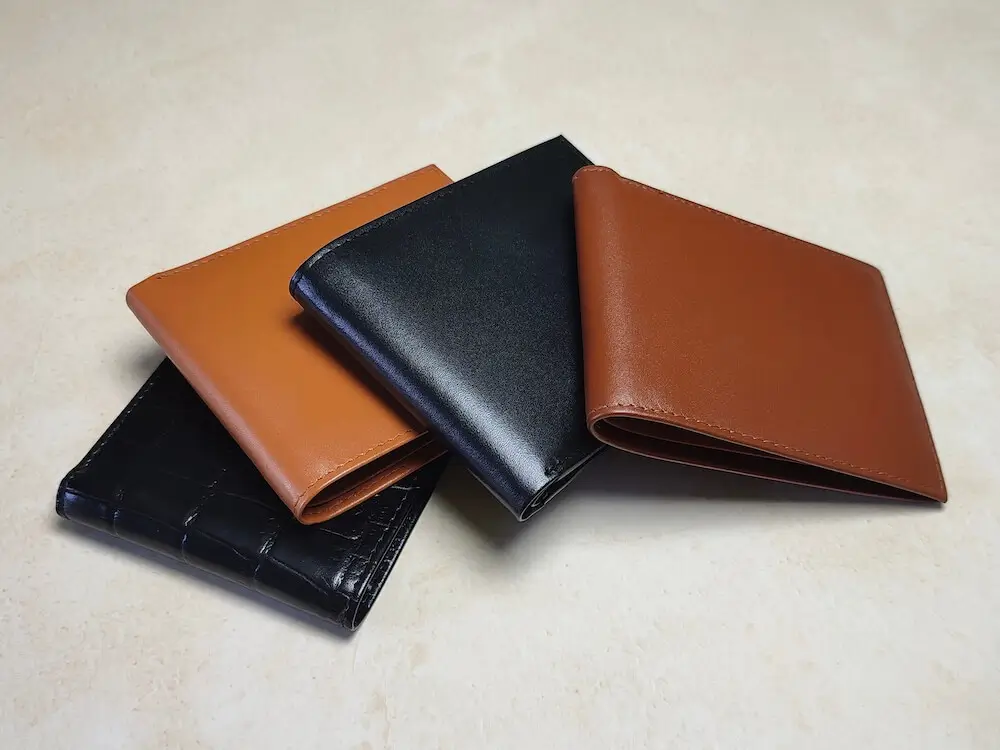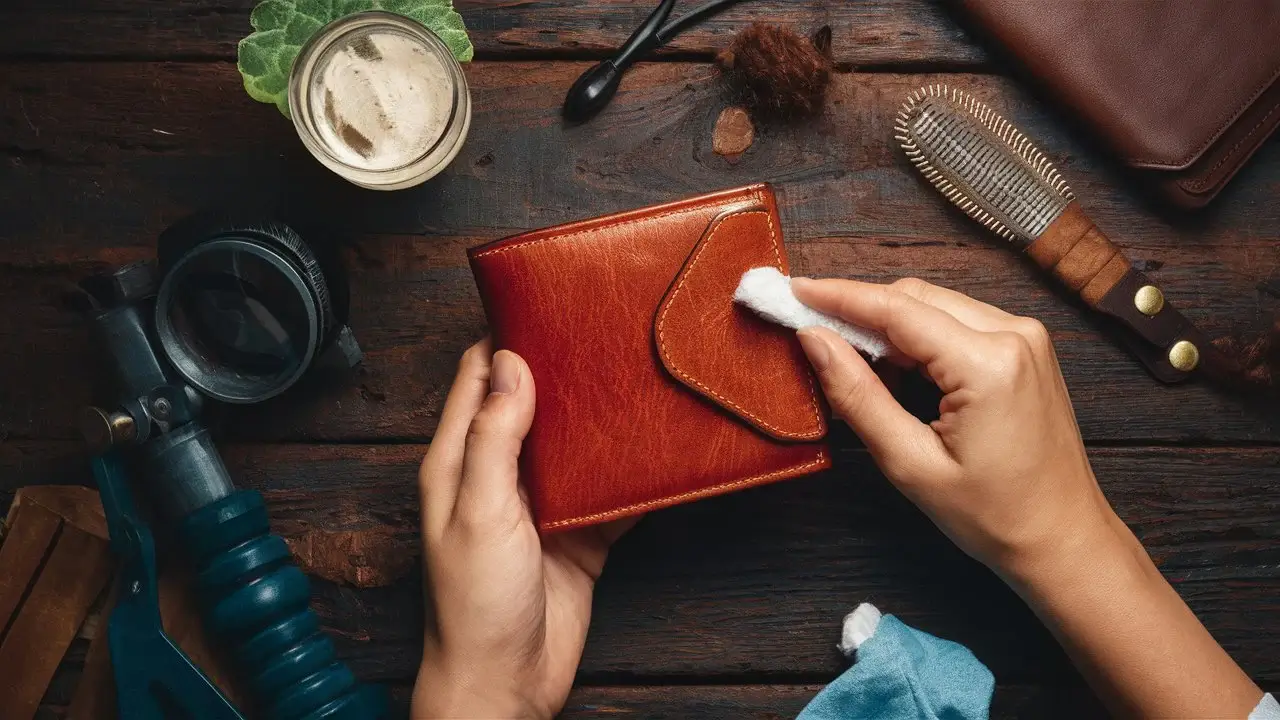Leather Care & Maintenance
DIY Leather Conditioning Tips and Tricks
Introduction
Leather goods add sophistication and timeless appeal to our lives, whether it’s a chic leather jacket, a durable handbag, or a cozy armchair. But over time, leather can dry out, crack, and lose its charm. That’s why proper conditioning is key! Leather, like our skin, needs moisture and care to stay supple and beautiful. This article will guide you through the best DIY leather conditioning tips and tricks to keep your leather items in top shape.
Table of Contents
- Introduction
- Understanding Leather and Its Needs
- Tools and Materials for Leather Conditioning
- Preparing Leather for Conditioning
- DIY Leather Conditioner Recipes
- Step-by-Step Guide to Conditioning Leather
- Tips for Different Types of Leather Items
- Common Mistakes to Avoid
- Long-Term Leather Care Tips
- Troubleshooting Leather Issues
- Benefits of DIY Leather Conditioning
- Conclusion
- FAQs
Understanding Leather and Its Needs
What is Leather?
Leather is a natural material made from animal hides, treated through tanning to increase durability. There are four main types:
- Full-grain leather: The most durable and high-quality, retaining its natural grain.
- Top-grain leather: Sanded for a smoother finish, slightly less durable than full-grain.
- Genuine leather: A lower-grade, processed form of leather.
- Bonded leather: Made from scraps, often less durable but cost-effective.
Why Does Leather Need Conditioning?
Leather is porous and can lose its natural oils over time due to exposure to sunlight, heat, or neglect. Conditioning:
- Restores moisture to prevent cracks.
- Enhances color by maintaining its original sheen.
- Prolongs durability, ensuring your items last for years.
Tools and Materials for Leather Conditioning
Essential Supplies
To condition leather effectively, gather these essentials:
- Leather conditioner or a DIY alternative.
- Soft, lint-free cloths for application and buffing.
- Brushes for intricate designs or stitching.
- Mild soap for initial cleaning.
Natural Ingredients for DIY Solutions
Homemade leather conditioners often use:
- Coconut oil: Adds moisture and shine.
- Beeswax: Offers a protective layer.
- White vinegar: Cleans and rejuvenates.
- Lanolin: Known for its moisturizing properties.
Preparing Leather for Conditioning
Cleaning the Leather
Before conditioning, clean the leather surface to remove dirt and grime:
- Wipe with a damp cloth.
- For tough stains, use a mild soap diluted in water.
- Avoid soaking the leather, as excessive moisture can cause damage.
Testing for Product Compatibility
Before applying a DIY solution or store-bought conditioner, always:
- Perform a spot test on a hidden area.
- Observe the leather for changes in texture or color.
- Proceed only if no adverse effects occur.
DIY Leather Conditioner Recipes
Homemade Conditioner with Coconut Oil and Beeswax
Ingredients:
- 2 tablespoons of coconut oil
- 1 tablespoon of beeswax
Instructions:
- Melt the beeswax in a double boiler.
- Mix in coconut oil until fully combined.
- Let the mixture cool and solidify.
- Apply with a soft cloth, rubbing gently into the leather.
Vinegar and Linseed Oil Mix
Ingredients:
- 1 part white vinegar
- 2 parts linseed oil
Instructions:
- Combine vinegar and linseed oil in a jar.
- Shake well before use.
- Apply to leather, let sit for 15 minutes, and buff with a cloth.
Aloe Vera and Lanolin Conditioner
Ingredients:
- 2 tablespoons of aloe vera gel
- 1 tablespoon of lanolin
Instructions:
- Combine aloe vera gel and lanolin in a bowl, mixing thoroughly.
- Apply the mixture to the leather with a clean cloth.
- Gently rub in circular motions until fully absorbed.
- Let the leather sit for 30 minutes, then buff for a soft, natural shine.
This recipe is particularly beneficial for delicate leather items like handbags or wallets due to its gentle yet effective moisturizing properties.
Step-by-Step Guide to Conditioning Leather
How to Apply Conditioner
Conditioning leather involves more than just slathering on a product. Follow these steps for optimal results:
- Start Small: Always begin with a spot test to ensure compatibility.
- Use a Soft Cloth: Apply a small amount of conditioner to a clean, lint-free cloth.
- Work in Sections: Rub the conditioner into the leather using circular motions. Focus on evenly spreading it to avoid patchiness.
- Let It Absorb: Allow the conditioner to sit for 15–30 minutes to penetrate deeply.
Buffing and Polishing
After conditioning, buffing the leather enhances its shine:
- Take a dry, soft cloth.
- Use gentle, circular motions to polish the surface.
- For high-gloss finishes, apply a second round of buffing with a microfiber cloth.
Tips for Different Types of Leather Items
Conditioning Leather Shoes
Leather shoes endure daily wear and tear, making conditioning vital:
- Clean shoes with a soft brush to remove dirt and debris.
- Apply conditioner using a soft cloth, focusing on creased areas.
- Let shoes dry naturally before buffing to a shine.
Caring for Leather Bags and Wallets
Smaller leather items can dry out faster due to their constant handling:
- Avoid over-saturating these items with conditioner, as it may affect their structure.
- Pay attention to corners and edges, which often show wear first.
- Use a lightweight conditioner for handbags to maintain flexibility.
Maintaining Leather Furniture
Leather furniture faces unique challenges, such as exposure to sunlight and spills:
- Clean with a damp cloth to remove dust and stains.
- Condition using a soft cloth, ensuring all areas are covered.
- Avoid sitting on furniture until the conditioner has fully absorbed.
Common Mistakes to Avoid
Over-conditioning the Leather
Too much of a good thing can harm leather. Signs of over-conditioning include:
- A sticky or greasy surface.
- Visible residue buildup.
To fix this, wipe off excess conditioner with a dry cloth and reduce application frequency.
Using the Wrong Products
Not all products are safe for leather. Avoid:
- Products containing alcohol, which can dry out leather.
- Harsh household cleaners like bleach or ammonia.
Stick to leather-specific or tested DIY solutions to prevent accidental damage.
Long-Term Leather Care Tips
Storage Best Practices
Proper storage helps preserve leather items:
- Store in a cool, dry place, away from direct sunlight or heat.
- Use breathable bags for items like jackets or handbags.
- Avoid stacking heavy items on leather to prevent deformation.
Routine Maintenance Schedule
Consistency is key to maintaining leather:
- Weekly: Dust with a dry cloth.
- Monthly: Clean with a mild soap solution.
- Every 3–6 months: Condition to keep leather supple and hydrated.
Troubleshooting Leather Issues
Repairing Cracked Leather
While conditioning can improve minor cracks, deep damage may require professional repair:
- Apply a leather filler to fill gaps, followed by conditioning.
- For severe cracks, consult a leather restoration specialist.
Removing Stains Safely
Common stains can be treated with DIY remedies:
- Oil stains: Sprinkle cornstarch or baking soda and let it sit before brushing off.
- Ink stains: Dab with rubbing alcohol using a cotton swab, then condition the area.
- Water stains: Gently wipe with a damp cloth and let it air dry.
Benefits of DIY Leather Conditioning
Cost-Effectiveness
DIY leather conditioners can save you a significant amount compared to commercial products:
- Most ingredients are household staples.
- A single batch can last for months, reducing overall costs.
Eco-Friendly Options
Homemade solutions often use natural, biodegradable ingredients, making them environmentally friendly:
- No harmful chemicals to dispose of.
- Reduced packaging waste compared to store-bought products.
Conclusion
Taking care of leather doesn’t have to be daunting or expensive. By following these DIY leather conditioning tips and tricks, you can preserve your leather items’ beauty and functionality for years. From creating your own conditioners to knowing how to apply them properly, a little effort goes a long way. So, grab those supplies and give your favorite leather pieces the TLC they deserve!
FAQs
1. How often should leather items be conditioned?
Most leather items benefit from conditioning every 3–6 months, depending on their usage and exposure to the elements.
2. Can coconut oil damage leather?
Coconut oil is generally safe for leather but can darken it slightly. Always test in an inconspicuous area first.
3. What is the best way to store leather items?
Store leather in a cool, dry environment, away from direct sunlight. Use breathable covers to prevent mold or mildew.
4. Are commercial conditioners better than DIY ones?
Both have their advantages. DIY conditioners are cost-effective and natural, while commercial ones are often more specialized and consistent.
5. Can DIY conditioning restore old, damaged leather?
DIY conditioning can improve minor damage but may not restore severely cracked or worn leather. For such cases, professional restoration is recommended.
FAQ : Frequently Asked Questions
DIY Leather Conditioning Tips and Tricks
Answer:
Most leather items benefit from conditioning every 3–6 months, depending on their usage and exposure to the elements.
Answer:
Coconut oil is generally safe for leather but can darken it slightly. Always test in an inconspicuous area first.
Answer:
Store leather in a cool, dry environment, away from direct sunlight. Use breathable covers to prevent mold or mildew.
Answer:
Both have their advantages. DIY conditioners are cost-effective and natural, while commercial ones are often more specialized and consistent.
Answer:
DIY conditioning can improve minor damage but may not restore severely cracked or worn leather. For such cases, professional restoration is recommended.
Answer:
It’s not recommended. Baby wipes contain chemicals that can be too harsh for leather and may strip away its natural oils.
Answer:
For regular use, cleaning every 3-4 months is sufficient. If your wallet gets dirty frequently, consider spot cleaning as needed.
Answer:
For minor stains, a leather-specific cleaner usually does the trick. For tougher stains, consider using a professional leather stain remover or seek expert help.
Answer:
Natural cleaners can be gentler but may not be as effective on stubborn stains. It’s best to use a cleaner specifically formulated for leather.
Answer:
Yes, most leather cleaners are versatile and can be used for both bags and wallets. Just be sure to test on a small area first.
Answer:
Ink stains are tricky and often require professional cleaning. If you want to try a DIY approach, dab (don’t rub) the stain with a cotton swab dipped in rubbing alcohol. Test on a small area first to ensure it doesn’t damage the leather.
Answer:
Look for a high-quality, natural leather conditioner that restores moisture without leaving a greasy residue. Some popular brands include Leather Honey and Chamberlain’s Leather Milk.
Answer:
No, regular soap can be too harsh for leather. Use a leather-specific cleaner or a mild soap diluted with water to avoid stripping the leather’s natural oils.
Answer:
If your bag gets wet, gently blot it with a dry cloth. Let it air dry naturally, away from direct heat sources like radiators or hairdryers, which can cause the leather to crack.
Answer:
No, using a hairdryer can cause the leather to dry out and crack. Always allow leather to air dry naturally.
Answer:
To keep your leather goods looking new, clean them regularly, condition them every few months, and store them properly. Avoid exposure to extreme temperatures, direct sunlight, and excessive moisture. Proper leather care ensures your luxury items retain their appeal and last for years.
Answer:
Olive oil, coconut oil, and mink oil are popular choices for conditioning leather. However, specialized leather conditioners are often more effective..
Answer:
Use a leather cleaner and a soft-bristled brush for stubborn stains. For grease stains, try sprinkling a bit of cornstarch and letting it sit overnight.
Answer:
If your leather wallet starts to smell, air it out in a cool, dry place. You can also use leather-specific deodorizers or put a small sachet of baking soda inside to absorb odors.
Answer:
To prevent water stains, apply a leather protector spray and avoid exposing your leather items to moisture whenever possible.
Answer:
Prevent fading by storing your leather items away from direct sunlight, which can cause discoloration. Use a leather conditioner with UV protection to help maintain the color and vibrancy of your luxury leather goods.
Answer:
While vinegar can be used in small amounts to clean leather, it should be diluted with water to avoid damaging the leather. Always test in an inconspicuous area first.
Answer:
Regular cleaning and conditioning will keep your leather wallet looking its best. You can also use a leather protector to minimize dirt and stains.
Answer:
Suede leather requires a different cleaning approach. Use a suede-specific cleaner and brush to maintain its texture.
Answer:
One of the finest aspects of full-grain leather is its ability to tell a story through use. With each touch and use, the leather becomes softer, and its natural oils enhance the color and texture, developing a one-of-a-kind patina that reflects its journey with you.


